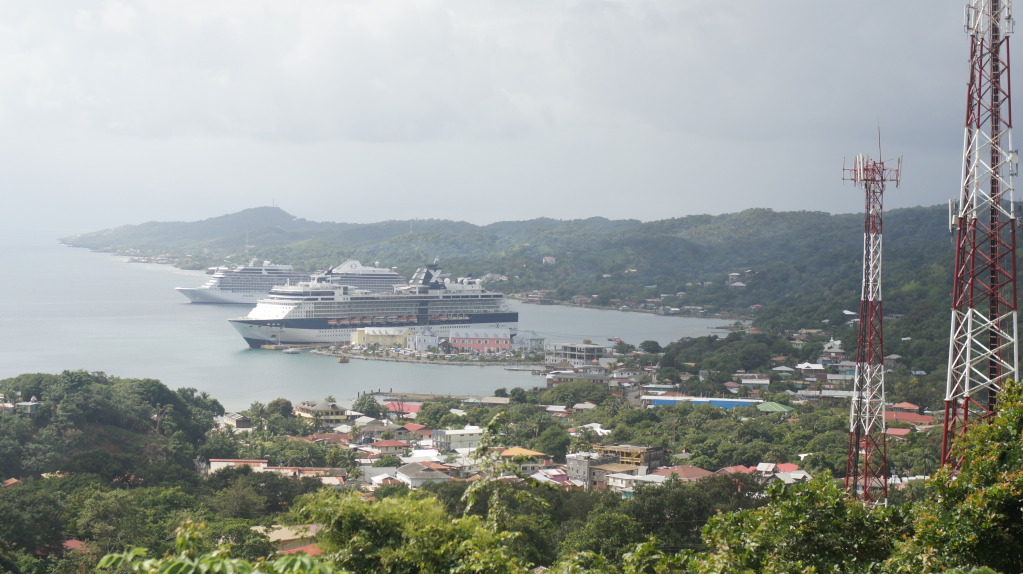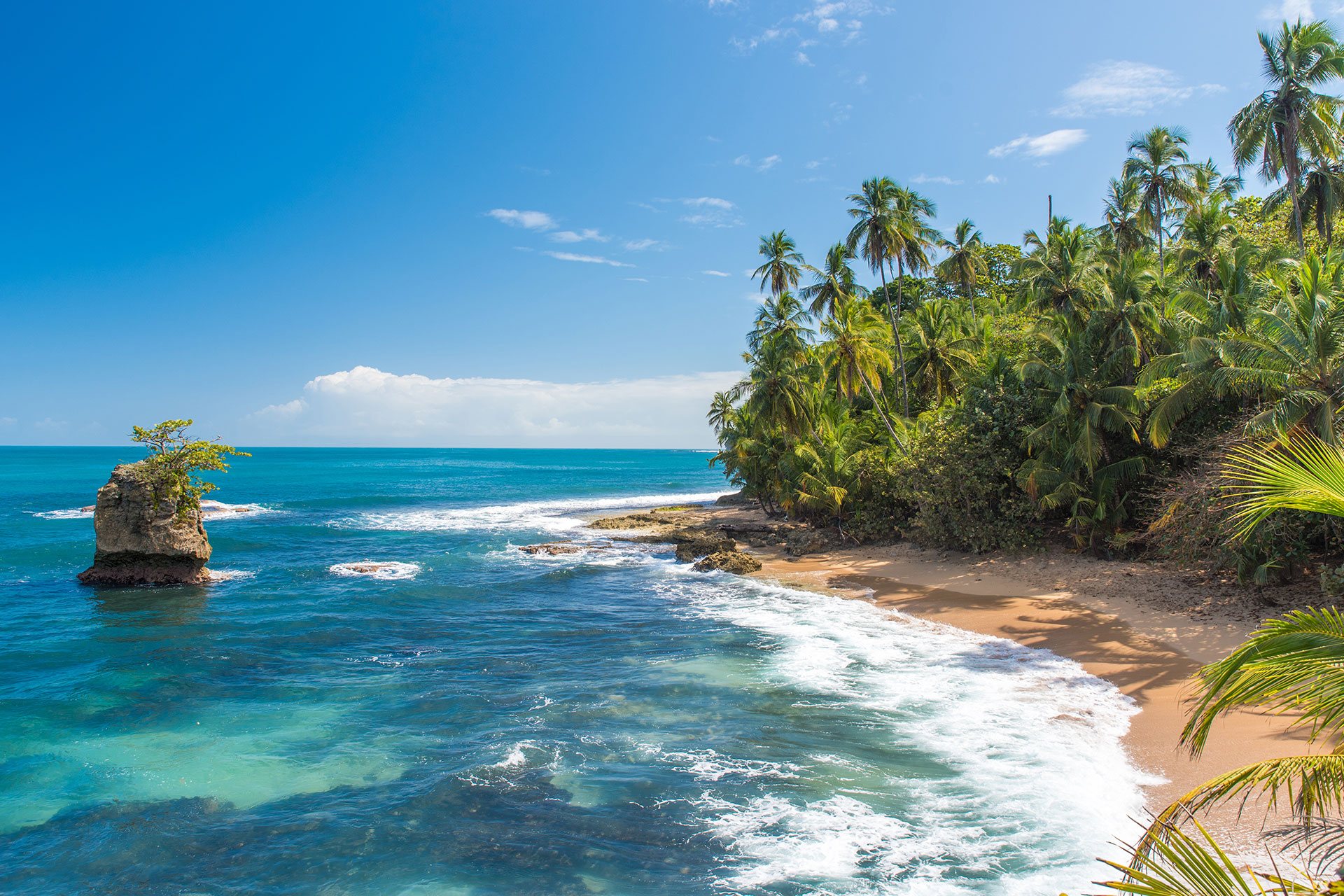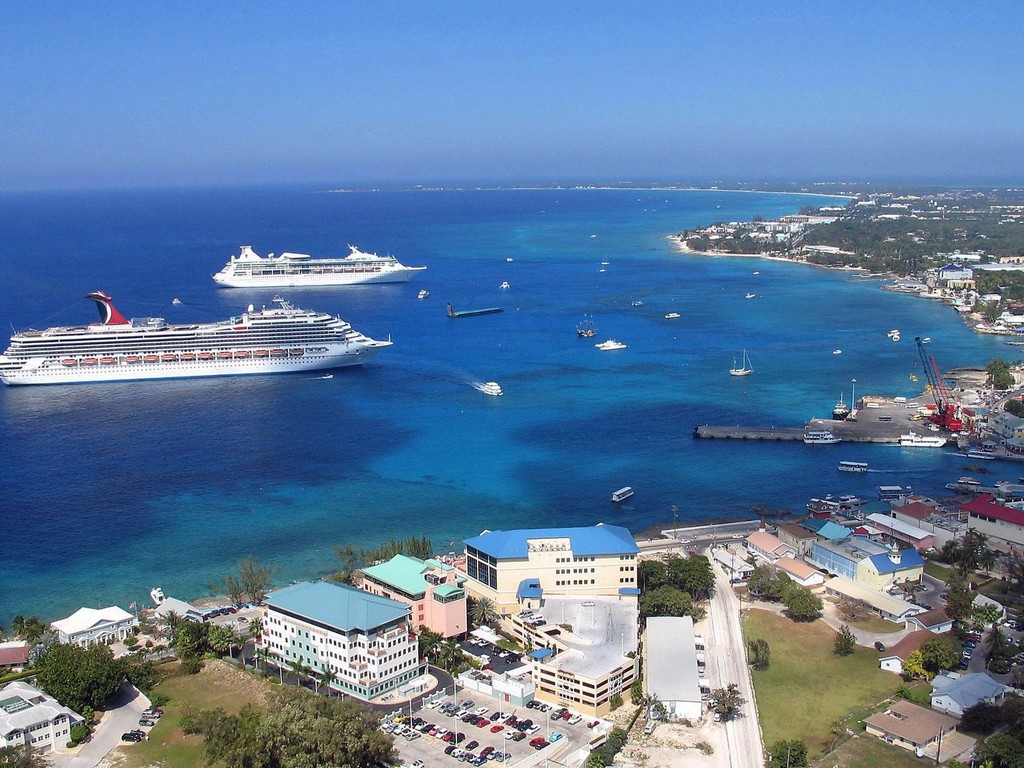

| Cruise Region : Caribbean, USA / Canada / Mexico |
| Company : Norwegian Cruise Lines |
| Ship : Norwegian Escape |
| Journey Start : Sun 22 Feb 2026 |
| Journey End : Sun 08 Mar 2026 |
| Count Nights : 14 nights |
| Day | Port | Date | Arrival | Departure |
|---|---|---|---|---|
| 1 | New Orleans / USA | Sun 22 Feb | 17:30 | |
| 3 | Costa Maya / Mexico | Tue 24 Feb | 12:00 | 20:00 |
| 4 | Harvest Cay / Belize | Wed 25 Feb | 09:00 | 17:00 |
| 5 | Cocksen Hole / Honduras | Thu 26 Feb | 07:00 | 17:00 |
| 7 | Puerto Limon / Costa Rica | Sat 28 Feb | 07:00 | 17:00 |
| 8 | Column / Panama | Sun 01 Mar | 07:00 | 16:00 |
| 9 | Cartagena Bolivar / Colombia | Mon 02 Mar | 10:00 | 20:00 |
| 11 | Montego Bay / Jamaica | Wed 04 Mar | 07:00 | 16:00 |
| 12 | Grand Cayman / Cayman Islands | Thu 05 Mar | 07:00 | 15:00 |
| 13 | Cozumel / Mexico | Fri 06 Mar | 09:00 | 17:00 |
| 15 | New Orleans / USA | Sun 08 Mar | 08:00 |
Accommodation in a cabin of the selected category during the entire cruise (TV, telephone, shower/bath, hairdryer, air conditioning).
All-inclusive meals, excluding alcoholic beverages under the Freestyle program - free meal time.
Order food to your cabin 24 hours (additional charges apply for delivery between 00:00 and 05:00).
Set for making tea and coffee in the cabin.
Coffee, tea, water and iced tea during breakfast, lunch and dinner.
All entertainment on board (evening shows, nightclubs, live music, etc.).
Sports activities (table tennis, basketball, tennis and golf)
Participation of children in Children's clubs.
Fitness center, sports court, jogging track, swimming pools and jacuzzi.
Port fees, taxes and taxes.
For guests of Suite and Penthouse class cabins (in addition to all of the above):
Butler and concierge service.
Unpacking luggage on the day of check-in.
Champagne, liqueurs, fruits, bottled water and soda drinks (only for guests of Garden Villas and Owner`s Suites)
Champagne, bottled water and fruit on planting day.
Food delivery to the cabin 24 hours.
Minibar and Espresso/Cappuccino machine.
Pillow menu.
Bathrobe and slippers.
Priority check-in for the ship.
Escort to your cabin on check-in day.
Private transfer from port to airport (Garden Villas guests only).
Tips for staff (included in the bill and paid at the end of the cruise).
Casino, telephone, internet, video games.
Alcoholic and some non-alcoholic drinks.
Karaoke.
Bowling.
Laundry service.
Booking tables at alternative restaurants.
Registration of entry visas along the route.
Medical insurance.
Non-departure insurance (optional).
Air travel and transfers.
Excursions at ports of call.
Minibar in the cabin.
Personal services on board (SPA, beauty salon, laundry).

New Orleans is a consolidated city-parish located along the Mississippi River in the southeastern region of the U.S. state of Louisiana. With an estimated population of 393,292 in 2017, it is the most populous city in Louisiana. A major port, New Orleans is considered an economic and commercial hub for the broader Gulf Coast region of the United States.
New Orleans is world-renowned for its distinct music, Creole cuisine, unique dialect, and its annual celebrations and festivals, most notably Mardi Gras. The historic heart of the city is the French Quarter, known for its French and Spanish Creole architecture and vibrant nightlife along Bourbon Street. The city has been described as the "most unique" in the United States, owing in large part to its cross-cultural and multilingual heritage. Founded in 1718 by French colonists, New Orleans was once the territorial capital of French Louisiana before being traded to the United States in the Louisiana Purchase of 1803. New Orleans was once the third-most populous city in the United States, and it was the largest city in the American South from the Antebellum era until after World War II. The city's location and low elevation have historically made it very vulnerable to flooding, leading to the installation of a complex system of levees and drainage pumps.
New Orleans was severely affected by Hurricane Katrina in 2005, flooding over 80% of the city and causing a population decline of over 50%. Since Katrina, major redevelopment efforts have led to a rebound in the city's population. Although, concerns about gentrification, new residents buying property in closely knit communities, and displacement of longtime residents have been voiced.
The city and Orleans Parish (French: paroisse d'Orléans) are coterminous. As of 2017, Orleans Parish is the third most-populous parish in Louisiana, behind East Baton Rouge Parish and neighboring Jefferson Parish. The city and parish are bounded by St. Tammany Parish and Lake Pontchartrain to the north, St. Bernard Parish and Lake Borgne to the east, Plaquemines Parish to the south, and Jefferson Parish to the south and west.
The city anchors the larger New Orleans metropolitan area which had an estimated population of 1,275,762 in 2017, making it the most populous metropolitan area in Louisiana and the 46th-most populated in the United States.




Puerto Limón, commonly known as Limón (Spanish for "lemon"), is the capital city and main hub of Limón province, as well as of the cantón (county) of Limón in Costa Rica. It is the second largest city in Costa Rica, with a population of over 55,000, and is home of the Afro-Costa Rican community. Part of the community traces its roots to Italian, Jamaican and Chinese laborers who worked on a late nineteenth-century railroad project that connected San José to Puerto Limón. Until 1948, the Costa Rican government did not recognize Afro-Caribbean people as citizens and restricted their movement outside Limón province. As a result of this "travel ban", this Afro-Caribbean population became firmly established in the region, which influenced decisions not to move even after it was legally permitted. Nowadays, there is a significant outflow of Limón natives who move to the country's Central Valley in search for better employment and education. The Afro-Caribbean community speaks Spanish and Limonese Creole, a creole of English.
Puerto Limón contains two port terminals, Limón and Moín, which permit the shipment of Costa Rican exports as well as the anchoring of cruise ships. In 2016, the government pledged ₡93 million ($166,000) for a new cruise ship terminal for Puerto Limón.
Health care is provided for the city by Hospital Dr. Tony Facio Castro. Two small islands, Uvita Island and Isla de Pájaros, are just offshore.

Colon

The city of Cartagena, known in the colonial era as Cartagena de Indias, is a major port founded in 1533, located on the northern coast of Colombia in the Caribbean Coast Region. It was strategically located between the Magdalena and Sinú rivers and became the main port for trade between Spain and its overseas empire, establishing its importance by the early 1540s. During the colonial era it was a key port for the export of Peruvian silver to Spain and for the import of enslaved Africans under the asiento system. It was defensible against pirate attacks in the Caribbean. It is the capital of the Bolívar Department, and had a population 971,592 as of 2016. It is the fifth-largest city in Colombia and the second largest in the region, after Barranquilla. The urban area of Cartagena is also the fifth-largest urban area in the country. Economic activities include the maritime and petrochemicals industries, as well as tourism.
The city was founded on June 1, 1533, and named after Cartagena, Spain, settlement in the region around Cartagena Bay by various indigenous people dates back to 4000 BC. During the Spanish colonial period Cartagena served a key role in administration and expansion of the Spanish empire. It was a center of political, ecclesiastical, and economic activity. In 1984, Cartagena's colonial walled city and fortress were designated a UNESCO World Heritage Site.


Гранд Кайман — самый большой из трех островов входящих в Каймановы острова, которые юридически относятся к Великобритании. Именно на Гранд Каймане расположилась столица — Джорджтаун. Сам по себе остров это риф, высота которого достигает 24 метров. Вода у побережья — удивительно прозрачная, это связано с тем, что на острове нет ни одной реки. Посетив остров, Вы получите возможность увидеть место, где выращивают зеленых морских черепах, эта ферма расположена в округе Уэст Бей. Каймановы острова прославились своей необыкновенной красотой подводного плавания. Но в полной мере понять красоту этого места можно лишь посетив его.

Cozumel is an island and municipality in the Caribbean Sea off the eastern coast of Mexico's Yucatán Peninsula, opposite Playa del Carmen, and close to the Yucatán Channel. The municipality is part of the state of Quintana Roo, Mexico.
The economy of Cozumel is based on tourism, with visitors able to benefit from the island's balnearios, scuba diving, and snorkeling. The main town on the island is San Miguel de Cozumel.

New Orleans is a consolidated city-parish located along the Mississippi River in the southeastern region of the U.S. state of Louisiana. With an estimated population of 393,292 in 2017, it is the most populous city in Louisiana. A major port, New Orleans is considered an economic and commercial hub for the broader Gulf Coast region of the United States.
New Orleans is world-renowned for its distinct music, Creole cuisine, unique dialect, and its annual celebrations and festivals, most notably Mardi Gras. The historic heart of the city is the French Quarter, known for its French and Spanish Creole architecture and vibrant nightlife along Bourbon Street. The city has been described as the "most unique" in the United States, owing in large part to its cross-cultural and multilingual heritage. Founded in 1718 by French colonists, New Orleans was once the territorial capital of French Louisiana before being traded to the United States in the Louisiana Purchase of 1803. New Orleans was once the third-most populous city in the United States, and it was the largest city in the American South from the Antebellum era until after World War II. The city's location and low elevation have historically made it very vulnerable to flooding, leading to the installation of a complex system of levees and drainage pumps.
New Orleans was severely affected by Hurricane Katrina in 2005, flooding over 80% of the city and causing a population decline of over 50%. Since Katrina, major redevelopment efforts have led to a rebound in the city's population. Although, concerns about gentrification, new residents buying property in closely knit communities, and displacement of longtime residents have been voiced.
The city and Orleans Parish (French: paroisse d'Orléans) are coterminous. As of 2017, Orleans Parish is the third most-populous parish in Louisiana, behind East Baton Rouge Parish and neighboring Jefferson Parish. The city and parish are bounded by St. Tammany Parish and Lake Pontchartrain to the north, St. Bernard Parish and Lake Borgne to the east, Plaquemines Parish to the south, and Jefferson Parish to the south and west.
The city anchors the larger New Orleans metropolitan area which had an estimated population of 1,275,762 in 2017, making it the most populous metropolitan area in Louisiana and the 46th-most populated in the United States.